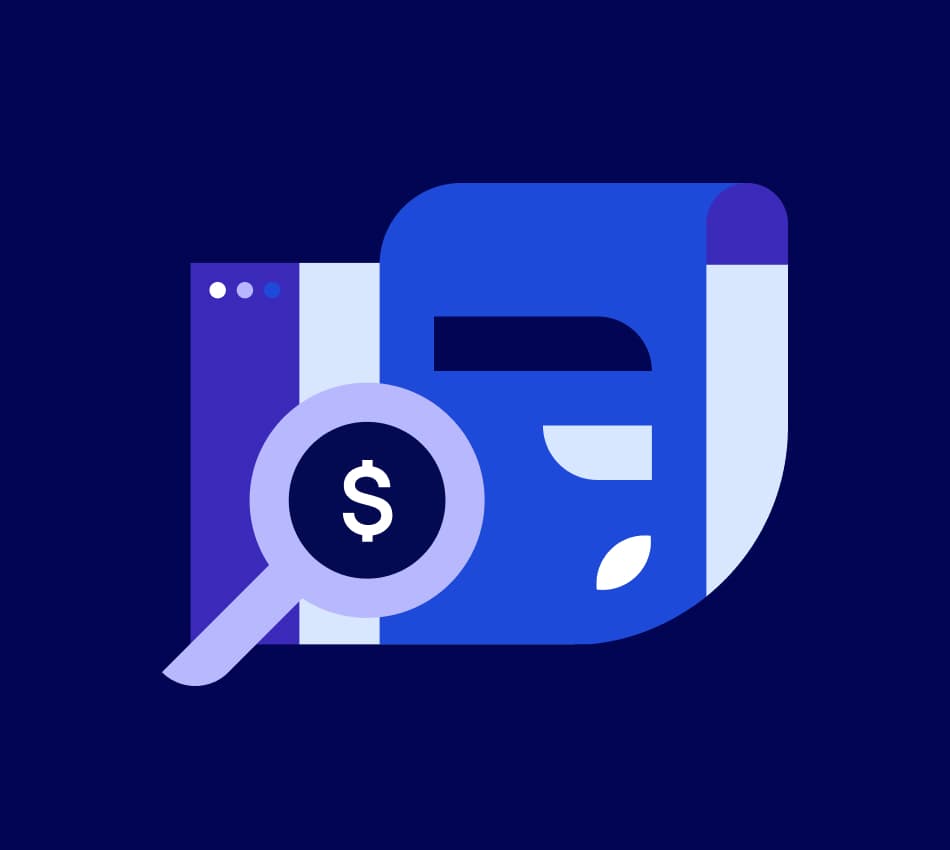A business line of credit is a more flexible option than a business loan because the borrower is not required to take the entire amount that they are approved for in one lump sum. This can be advantageous for businesses with variable expenses and seasonal businesses. In this article, we’ll explain how to get a business line of credit and how it works.
How does a business line of credit work?
The best way to think about a business line of credit is as an amount of money that your company has access to if you need it. With a business loan, you would take that entire amount and transfer it into your business bank account. With a line of credit, you take what you need when you need it. Interest only accrues on the funds you use until you pay them back.
Another difference between a business line of credit and a business loan is that interest rates on a line of credit can be variable. This means they’re set based on the time when you withdraw the money. Loan interest rates are usually fixed for the life of the loan. This is something that your accountant should track because the cost of working capital will vary with a line of credit.
A business line of credit is reusable if you pay back the money that you draw from it. This is appealing for small businesses where expenses vary. It’s also beneficial in companies with longer sales cycles. The funds from a line of credit can be used to cover the cost of goods sold and administrative expenses while you’re waiting for customers to pay their invoices.
Requirements to get a business line of credit
If you meet the qualifications and fulfill all the requirements, you might be in a good position to get a business line of credit. The approval process is comparable to getting a business loan. Lenders evaluate business and personal credit scores, the amount of time your company has been in business, and your monthly or annual revenue. They’ll also look at your existing debt.
Business and personal credit score
Your business has a credit score. Most people are aware of personal credit scores, but many small business owners don’t realize that companies like Dunn & Bradstreet and Experian Business track credit scores for businesses. Lenders will take those into account when you apply for a loan or business line of credit, so check them frequently if you can.
Amount of time in business
There’s no set rule for how long you need to be in business for a lender to approve you for a business line of credit. Most lenders like to see six months to two years of financial activity. Be prepared to provide financial statements and tax returns to meet the qualification criteria. More established businesses pose a lower risk to the lender and are more likely to get approved.
Monthly or annual revenue
The amount of monthly or annual revenue your company brings in will tell the lender how much you can afford to borrow and whether you can pay it back. Tracking monthly revenue for an established business can show cyclical sales trends that could be relevant to how you’ll use a line of credit. Annual revenue provides a longer-term picture.
Other debt obligations
Additional debt might make it more difficult to get approved for a line of credit. Small businesses sometimes “stack” loans to raise working capital. Lenders can see that, and it makes them reluctant to offer additional loans or business lines of credit. A major factor in lending criteria at all levels is debt-to-income ratio. It’s best to keep that low.
What you need to apply for a business line of credit
Lenders will require certain documentation to consider your business for a line of credit. This should be familiar to you if you’ve applied for a business loan before. Gather the following documentation before you apply, and make digital copies of all documents if you’re applying online. You can easily use a scanner app on your mobile phone if you don’t have an actual scanner.
- Personal info: You’ll need a valid state ID, driver’s license, or passport to prove you are who you say you are. The lender may also ask for a second form of ID, like a Social Security card or credit card and your most recent personal tax returns.
- Business info: Bring proof that you own the business (Articles of Incorporation or DBA certificate), your recent financial statements and tax returns, and a copy of your business credit report. You may also want to have your business plan handy.
- Bank statements or a connected bank account: The lender needs to send the money somewhere if you get approved. Bring a bank statement or at least have the tracking and routing numbers for the account that will receive withdrawals and send payments. If you’re approved for a line of credit, connecting your business bank account could help keep your account active and save you time from having to manually upload statements in the future.
How to get a business line of credit
The best way to get a business line of credit is to gather all the personal and business documents you need, search for a local or online lender that does business lines of credit, and submit an application. You’ll have a chance at approval if your business and personal credit scores are good, you have steady revenue, and your debt-to-income ratio is low.
